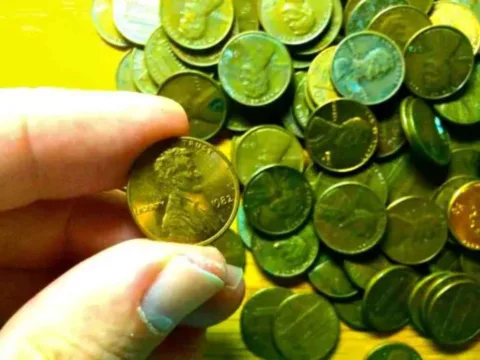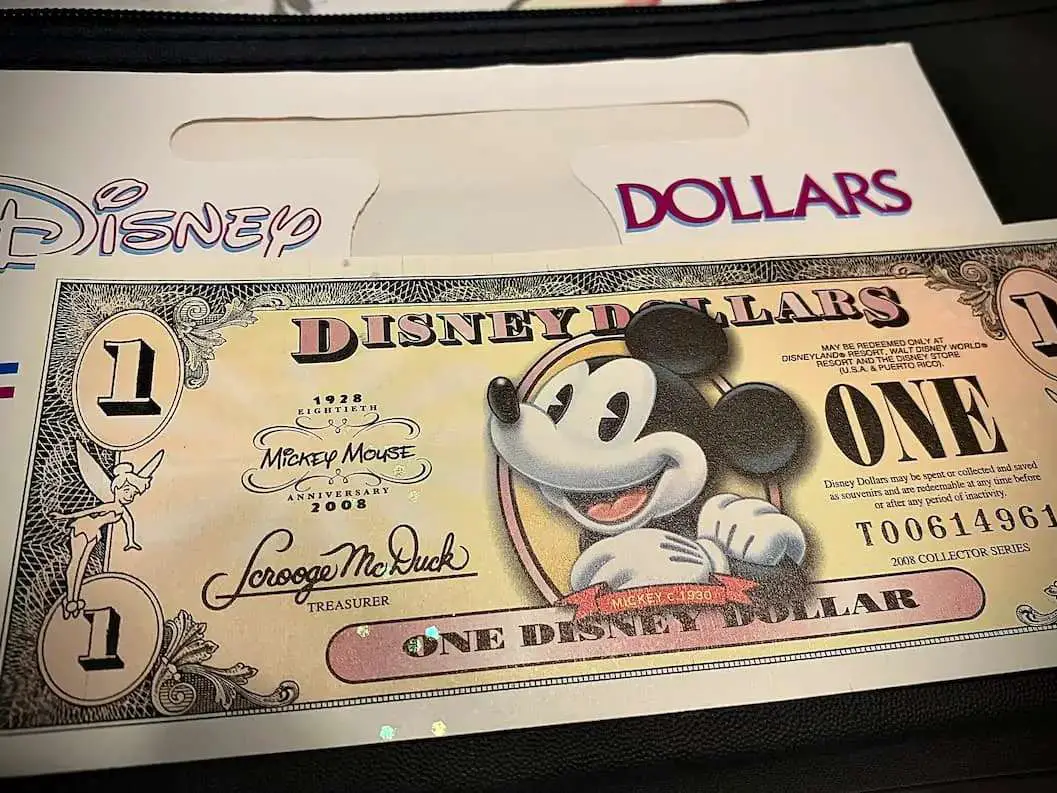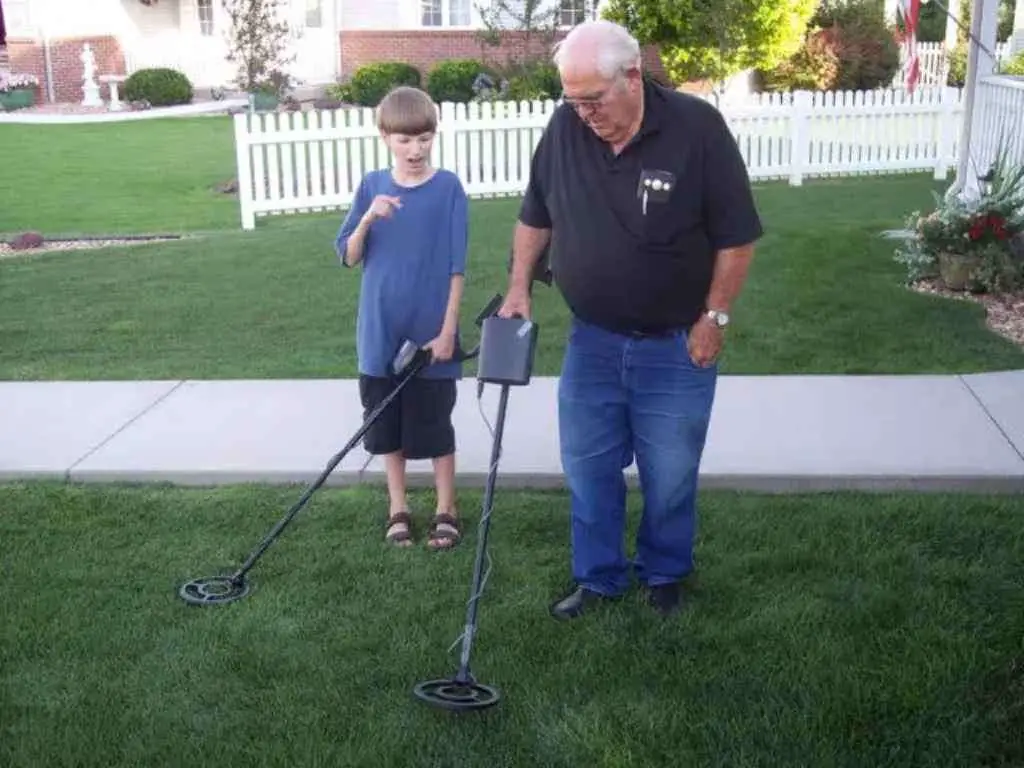
Do you have a 1982 penny and want to find out its value?
Maybe you’ve heard that some 1982 Lincoln Memorial cents are made from brass and worth saving — but you aren’t sure how to tell a copper 1982 penny from a zinc 1982 Lincoln cent.
Or, perhaps you’re trying to find out about the various kinds of 1982 Lincoln cents and need some help in finding out what these different 1982 penny varieties.
No worries, we’ve got you covered!
Here’s everything you want to know about 1982 Lincoln cents — including all the different penny varieties from that year and what all of those old pennies are worth.
Fun Facts About The 1982 Penny
1982 was a transitional year for pennies.
U.S. government officials determined copper prices became too expensive to use the metal in the one-cent coin and decided to implement a cheaper composition.
While the United States Mint made the switch from copper planchets to copper-coated zinc in 1982, the saga behind using a cheaper alternative for the Lincoln cent started nearly a decade earlier.
Facing rising copper prices, the U.S. Mint tested cheaper metals for the penny in 1973. Aluminum seemed to work, and more than 1.5 million 1974 aluminum cents were made as trial pieces. But protests from the copper industry and concerns from pediatricians that aluminum pennies wouldn’t be picked up very well on children’s x-ray images paused the progress on the aluminum cent.
The final curtain for the 1974 aluminum pennies came when copper prices — which had skyrocketed during tough economic times in 1973 — began falling back down to a more reasonable levels.
While the Mint recalled virtually all 1974 aluminum pennies, somewhere between 12 to perhaps 20 never made it back into the U.S. government’s hands. They’re illegal to own, and the government is still recalling 1974 aluminum cents that pop up today.
Fast-forward to the early 1980s, when the value of copper in the one-cent piece began exceeding the coin’s face value.
Copper-plated zinc became the alloy of choice this time. Meanwhile, government officials, not wanting to dance with fluctuating metals prices, decided to stick with their choice even if copper prices fell once again.
On January 7, 1982, the first copper-plated zinc cents were struck at the West Point Mint in New York.
The metal composition change, along with minor design variations, created several different types of 1982 pennies to collect:
- Counting various combinations of metal content, mintmarks, and date sizes, there are 7 different types of 1982 pennies.
- When you include the 1982-S proof penny and some minor error varieties, the number of 1982 pennies rises to well more than a dozen!
MUST READ: All About Transitional Error Coins
Now, let’s examine the 7 major varieties of 1982 pennies and how to tell them apart…
7 Different 1982 Penny Varieties
Lincoln cent collectors have a special challenge in building a set of 1982 pennies.
While there are usually just 2 or 3 different cents to be collected during each of most years of the Lincoln cent series, there were 7 different regular-issue circulation-strike pennies made in 1982:
- 1982 brass large-date penny
- 1982 brass small-date penny
- 1982-D brass penny
- 1982 zinc large-date penny
- 1982 zinc small-date penny
- 1982-D zinc large-date penny
- 1982-D zinc small-date penny
If you count the 1982-S proof penny (all 1982 proof pennies are made from brass), there are 8 different regular-issue pennies that many Lincoln cent collectors pursue.
There are a few well-known 1982 error pennies, including:
- 1982 small-date doubled die reverse zinc penny: $3,000+
- 1982 large-date doubled die obverse brass penny: $10+
See if you have a 1982 copper penny that’s worth $19,000!
How To Tell Copper vs. Zinc 1982 Pennies Apart
If you’re like many coin collectors, you’re probably saving all of your pre-1982 Lincoln pennies for their copper value — which has been on the rise in recent years.
While it’s presently illegal to melt copper pennies, people are still hoarding copper pennies dated before 1982, just waiting for the day when it’s legal to melt old copper pennies.
But did you know you should also be saving your 1982 copper pennies? That’s right — copper 1982 pennies should also be on your list of keepers, not just pennies dated before 1982.
Not sure how to tell 1982 copper Lincoln cents apart from the zinc 1982 pennies, which have essentially no extra value above face?
Here are some tips to help you distinguish 1982 copper pennies from 1982 zinc pennies:
- Weigh your 1982 pennies. A copper 1982 penny weighs 3.11 grams, whereas zinc Lincoln cents (or Zincolns) weigh only 2.5 grams.
- Drop them! It’s not usually recommended to drop your coins, but if you’re in a pinch and don’t have a coin scale handy, you can tell whether or not a penny is made primarily from copper if it rings upon hitting a hard surface, such as a table. Copper coins ring on impact, while zinc cents just click.
How Much Is A 1982 Penny Worth Today?
If you have some 1982 pennies, you’re probably wondering what their value is.
Since most 1982 pennies are pretty common, they’re not worth much over face value — especially if they’re worn.
In fact, circulated 1982 copper Lincoln cents are worth a couple cents, while circulated 1982 zinc Lincoln cents are worth only face value.
1982 Penny Value Chart – Here’s what the different 1982 pennies are worth in worn condition (unless otherwise stated)
| Type | Mintage | Value | Large Date | Small Date |
|---|---|---|---|---|
| 1982 brass penny | 10,712,525,000 | 2+ cents | 2+ cents | |
| 1982 zinc penny | included above | 1+ cent | 1+ cent | |
| 1982-D brass penny | 6,012,979,368 | 2+ cents | 2+ cents | |
| 1982-D zinc penny | included above | 1+ cent | 1+ cent | |
| 1982-S proof penny | 3,857,479 | $2.50 |
More About 1982 Pennies & Copper Cents
I’m the Coin Editor here at TheFunTimesGuide. My love for coins began when I was 11 years old. I primarily collect and study U.S. coins produced during the 20th century.
I’m a member of the American Numismatic Association (ANA) and the Numismatic Literary Guild (NLG) and have won multiple awards from the NLG for my work as a coin journalist. I’m also the editor at the Florida United Numismatists Club (FUN Topics magazine), and author of Images of America: The United States Mint in Philadelphia (a book that explores the colorful history of the Philadelphia Mint). I’ve contributed hundreds of articles for various coin publications including COINage, The Numismatist, Numismatic News, Coin Dealer Newsletter, Coin Values, and CoinWeek.
I’ve authored nearly 1,000 articles here at The Fun Times Guide to Coins (many of them with over 50K shares), and I welcome your coin questions in the comments below!





